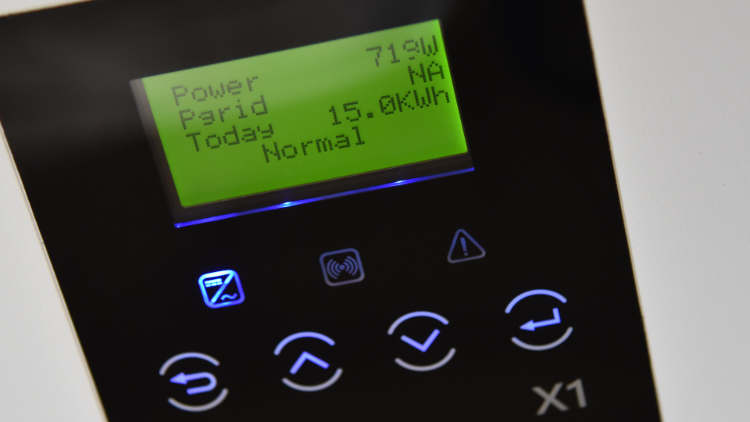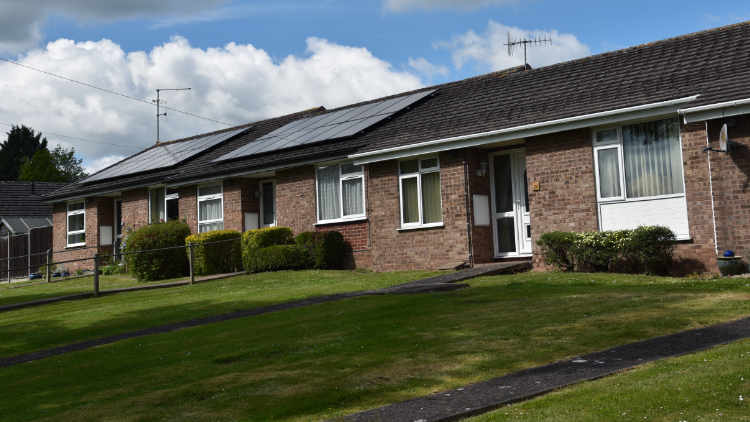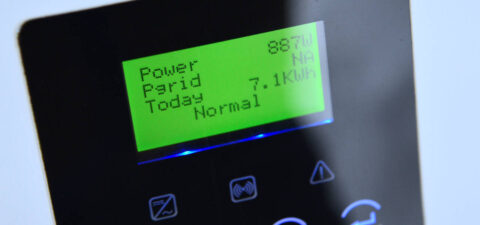It must be tough times for those working as solar power installers, especially after the death of the Feed-in Tariff (FIT) in March 2019. And now consumers are facing a 15% VAT price hike on installing low-carbon energy generation and storage equipment. The reality of a #ClimateEmergency seems to be passing by those driving low carbon energy policy-making decisions.

Say goodbye to Feed-in Tariff (FIT)
Long gone are the ‘gold rush’ days for the PV industry. The Government used to guarantee those who installed micro-renewable generation an index-linked income for 25 years! Okay, lots of solar panel installers made a lot of money out these initiatives, even renting roofs to claim the FIT subsidies. It kick-started a whole new industry, creating jobs (34,000 according to Solar Trade Association) and skills in the new green economy sector. More importantly, it raised awareness of solar PV energy as a viable option – even in the wet and windy UK.
A 9.55GW peak of clean energy this May
In less than a decade PV solar panels became an everyday fixture on many homes. On May 15th 2019, at midday, solar generation hit a peak of 9.55GW of clean energy, which is a new UK record. This power was generated by over 975,000 homes, businesses and communities, making us less reliant on large energy generators, and reducing emissions.
Home solar panels (PV) cost a quarter of what they did ten years ago

As the PV market developed the prices for solar panels dropped dramatically, as did the Feed-in Tariff (FIT) payments. Ten years ago a 4kw home solar system could have cost you £20k, now you’re looking at £5k. Predictions of further decline in the cost of panels are projected. However, the economics of installing home generation aren’t stacking up in purely financial terms – environmentally it’s a no brainer, especially if you’re at home during the day, or own an electric car, and not forgetting having a roof pointing in the right direction!
Free electricity for your next-door-neighbour! Why?

For anyone installing a solar generation at the moment, any surplus electricity you generated would go straight back to the grid. Effectively giving your next-door-neighbour free power, or to put it another way, subsidising the energy companies supplying them. Yep, you pay for the kit to generate clean energy, then the grid gives it to your neighbour who then gets charged for it! Sounds fair?
Smart Export Guarantee (SEG) to replace FIT?
This is where Smart Export Guarantee (SEG) comes in. Hopefully, this will make the whole “do I? Don’t I?” install solar more viable. The idea is power companies will pay you for the energy you generate, similar to the Feed-in Tariff (FIT). The big difference is it will be monitored by your smart meter, recording what you export back to the grid, then paying you for your surplus energy. That’s sounding much better!
Other factors that should help with the “do I? Don’t I?” install solar PV is the growing energy storage technologies. Batteries that store electricity during the day; then feed this back into your house at night when you need it. Getting around the “I’m not home to use the energy in the daytime” scenario. This does drive-up the cost of any system, plus the batteries have a limited life. So again the maths needs careful consideration.
Energy storage, grid balancing and the market

Energy storage and smart metering are also opening up possibilities for smaller generators to enter the energy market, potentially through their existing energy supplier. Storing electricity while there is a surplus, or when prices are low, then selling it back to the grid when prices are high – all helping to balance the grid. Even electric car (EV) batteries could be used as energy stores – much better than diesel generators sitting on standby.
Is an electric car right for you?
This technology is being developed alongside the regulations to police it. Let’s hope the policymakers and regulators get it right, and those who install renewable energy production get a fair return. Could this be the first step to democratising electricity generation and the energy market, or will it add yet more complexity?
I’m hoping to see more panels on roofs and a vibrant green energy sector.
See the most energy efficient...
← SWIPE →
Please note: We do not publish sponsored content or guest posts that are trying to promote specific products or brands. If you have a genuine newsworthy story you would like to share please do comment or email.














































